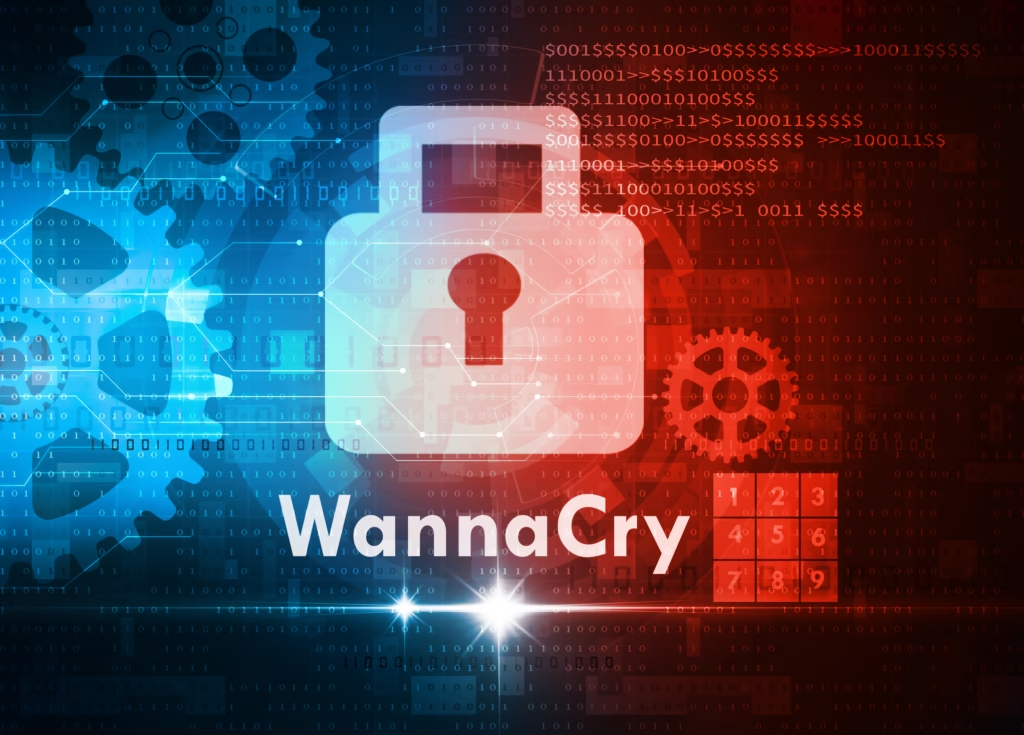In today’s hyperconnected society, cybersecurity has become one of the most defining challenges of the digital era. Every click, connection, and transaction leaves a trail of data that can be exploited. Every organisation, from hospitals and banks to small businesses and schools, depends on digital infrastructure that must be protected. The stakes have never been higher, and yet many remain unprepared for the scale and sophistication of modern threats.
This article explores the evolving landscape of cybersecurity — the threats that define it, the strategies that protect against it, and the mindset required to build resilience in a world where digital trust is as valuable as any currency.
The New Face of Digital Threats
Cybersecurity has transformed from a niche technical field into a central pillar of business, governance, and personal life. The threat environment is no longer limited to viruses or email scams. Instead, we face a complex network of risks that evolves daily.
Attackers today are intelligent, well-resourced, and organised. They operate globally, often working as part of structured networks that resemble legitimate businesses. Cybercrime has grown into an economy worth trillions, driven by ransomware, identity theft, corporate espionage, and political interference.
The nature of threats has shifted from opportunistic attacks to strategic campaigns. Adversaries exploit not only technical flaws but also human behaviour — manipulating trust, exploiting social systems, and finding weaknesses in supply chains.
Emerging Threats That Shape the Decade
1. Artificial Intelligence as Both Weapon and Shield
Artificial Intelligence has revolutionised cybersecurity, but it cuts both ways. While AI strengthens defences through automation, anomaly detection, and predictive analytics, it also gives rise to AI-driven attacks.
Malicious actors now use AI to create sophisticated phishing messages, generate realistic deepfakes, and design adaptive malware that evolves to bypass security systems. At the same time, defenders use AI to detect irregular behaviour, automate responses, and analyse data faster than human teams ever could.
The challenge lies in governance — ensuring that AI is used ethically and securely. Organisations must control how models are trained, where sensitive data is stored, and how AI decisions are audited.
2. Supply Chain Vulnerabilities
Modern organisations rely heavily on suppliers, cloud providers, and software vendors. Each link in that chain is a potential entry point for attackers. A breach in one company can cascade through an entire network, exposing hundreds of clients.
These risks highlight the importance of visibility and accountability. Businesses must not only secure their internal systems but also understand the security posture of every partner they rely on. Transparency and regular audits are essential to prevent unseen vulnerabilities from spreading across the digital ecosystem.
3. The Quantum Threat
Quantum computing, while still developing, poses a future challenge that must be addressed today. Its immense processing power could one day break current encryption standards, rendering much of the world’s secure data vulnerable.
Forward-thinking organisations are preparing now by adopting quantum-safe encryption and planning for crypto-agility—the ability to update cryptographic systems quickly when new algorithms are required.
4. The Identity-First Perimeter
The shift to remote and hybrid work has dissolved the traditional idea of a secure network boundary. Instead, the new perimeter is identity. Every device, employee, and application must be authenticated continuously, regardless of location.
Zero Trust architecture has emerged from this philosophy — “never trust, always verify”. It assumes that every connection is potentially hostile until proven otherwise, significantly reducing the risk of unauthorised access or lateral movement within a network.
Why Cybersecurity Matters
Cybersecurity is about far more than protecting data. It safeguards economies, public health, national security, and even personal safety. A single successful cyberattack can destroy a business, disrupt essential services, or compromise millions of personal records.
The financial consequences are severe, but so too are the reputational and operational impacts. Customers lose trust, employees lose confidence, and investors lose faith. Yet beyond the numbers, cybersecurity failures also have a human cost. Hospitals paralysed by ransomware, cities halted by data breaches, and schools exposed to exploitation — these are not abstract concerns but real outcomes of inadequate preparation.
Building resilience, therefore, is not simply about installing defences but about creating a culture where security is embedded in every decision and process.
The Foundations of Strong Cybersecurity
1. Adopting a Zero Trust Model
The Zero Trust framework is more than a buzzword — it is a philosophy that recognises the modern reality of distributed systems. Instead of relying on outdated perimeter defences, Zero Trust continuously verifies users and devices, monitors behaviour, and restricts access to the bare minimum necessary.
This model aligns security with risk rather than convenience. It prioritises verification, micro-segmentation, and adaptive authentication to ensure that even if one layer is breached, the damage is contained.
2. Building Resilience Through Preparedness
Every organisation, regardless of size, must operate on the assumption that breaches are inevitable. True strength lies not in preventing every attack but in the ability to respond and recover quickly.
Incident response plans should be tested regularly, with clear roles and communication channels. Backup systems must be maintained offline, and data recovery procedures rehearsed. Cyber resilience is not a one-off project — it is an ongoing process of adaptation and learning.
3. Embedding Security in Development and Operations
As software development accelerates, integrating security into every stage of the process has become essential. DevSecOps ensures that vulnerabilities are addressed early, infrastructure is configured securely, and updates are delivered safely.
This approach transforms security from a bottleneck into an enabler, aligning protection with productivity. When developers and security teams collaborate from the start, the result is faster innovation and fewer vulnerabilities.
4. Cultivating a Security-Conscious Culture
Technology can only go so far — people remain the weakest and strongest link in cybersecurity. Human error, negligence, and insider threats account for a large proportion of incidents.
A strong security culture begins with awareness and accountability. Employees must understand their role in protecting information, recognising phishing attempts, managing passwords, and following company policy. Leadership must consistently reinforce these values, treating security as a shared responsibility rather than a technical burden.
5. Strengthening Governance and Accountability
Cybersecurity governance requires more than compliance with regulation. It demands clear oversight from leadership, integration with enterprise risk management, and alignment with organisational strategy.
Boards of directors should view cybersecurity as a core business issue, not an IT matter. The Chief Information Security Officer (CISO) must have both authority and resources to influence decision-making. Regular risk assessments, policy reviews, and audits help maintain transparency and accountability.
Cybersecurity for Individuals and Small Organisations
Cybersecurity is everyone’s concern. While large corporations dominate headlines, individuals and small enterprises are just as vulnerable. In fact, smaller organisations often lack the resources to recover from a serious attack.
Basic steps can make a significant difference:
- Use strong, unique passwords and enable multi-factor authentication wherever possible.
- Keep devices and software updated to patch known vulnerabilities.
- Be cautious with links and attachments — phishing remains one of the most successful attack methods.
- Back up important data offline to protect against ransomware.
- Review privacy settings and avoid oversharing personal information online.
By adopting these habits, individuals not only protect themselves but also contribute to a more secure digital environment for everyone.
The Future of Cybersecurity
The coming years will redefine what it means to be secure. With the rise of artificial intelligence, quantum computing, the Internet of Things, and extended reality, the attack surface will continue to expand.
Hybrid work models will remain the norm, and organisations must adapt to a world where employees access critical systems from anywhere. Regulatory frameworks will tighten, demanding greater transparency and accountability. Cybersecurity will also become an ethical concern — balancing innovation, privacy, and human rights.
The future of cybersecurity will depend on collaboration. Governments, businesses, academia, and individuals must work together to share knowledge, establish standards, and build trust. Threats are global, and no single entity can stand alone.
A Call to Action
Cybersecurity is not merely a technical discipline; it is a mindset. It requires foresight, investment, and vigilance. The digital world is built on trust — and trust must be earned and protected.
To build resilience, organisations must integrate security into every layer of their operations. They must view it not as a cost but as a foundation of success. Individuals, too, must take ownership of their digital safety, understanding that security begins with awareness.
The age of complacency is over. The connected world demands a new kind of responsibility — one that recognises that cybersecurity is not optional, external, or static. It is dynamic, essential, and shared.
We live in an era where information is power, and protecting that information defines who we are. Building a secure digital future starts today, with every decision we make, every system we design, and every action we take. Cybersecurity is not the concern of a few experts — it is the collective duty of all.
Disclaimer
The content of Cybersecurity: Building Resilience in a Connected World by Open MedScience is provided for general information only and does not constitute professional advice. Open MedScience makes no guarantees about the accuracy or completeness of the information and accepts no responsibility for any loss or damage resulting from its use. Readers should seek professional cybersecurity guidance for specific advice or actions.
You are here: home » diagnostic medical imaging blog »



